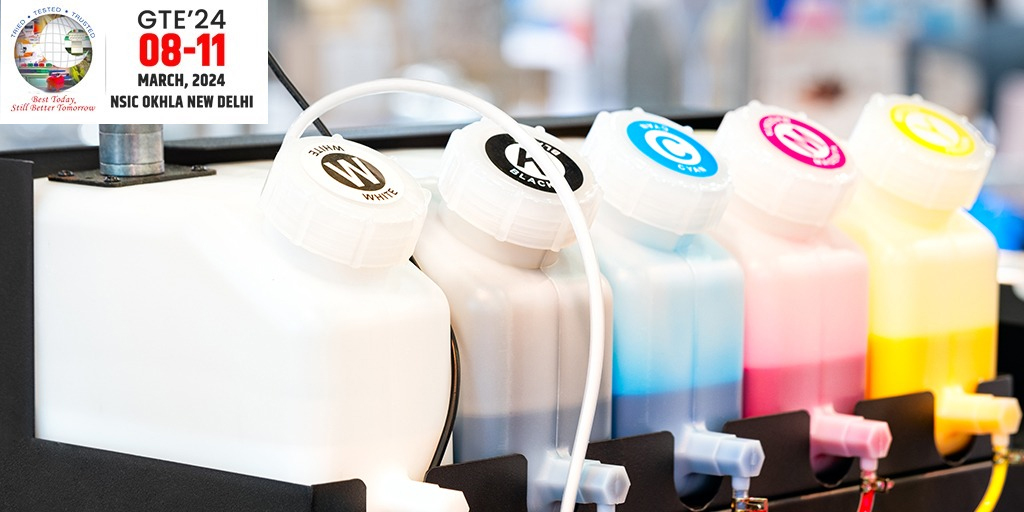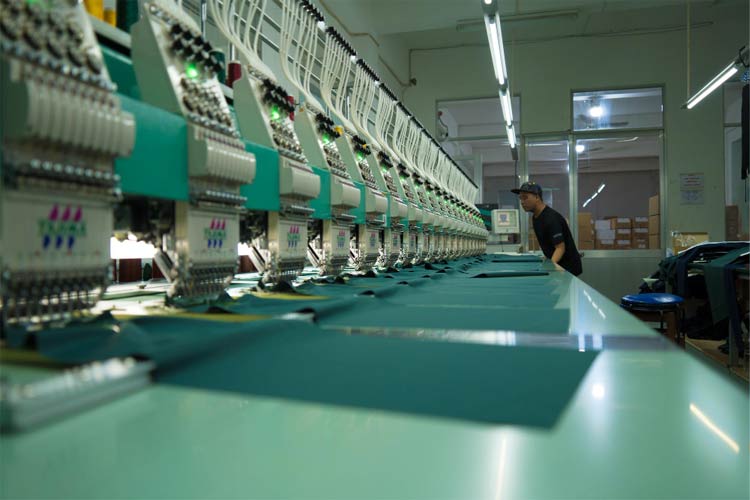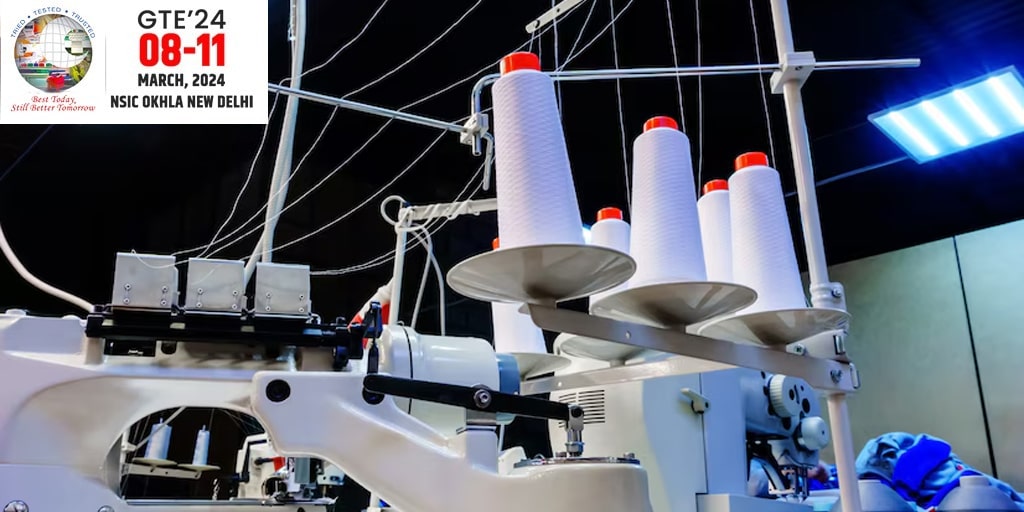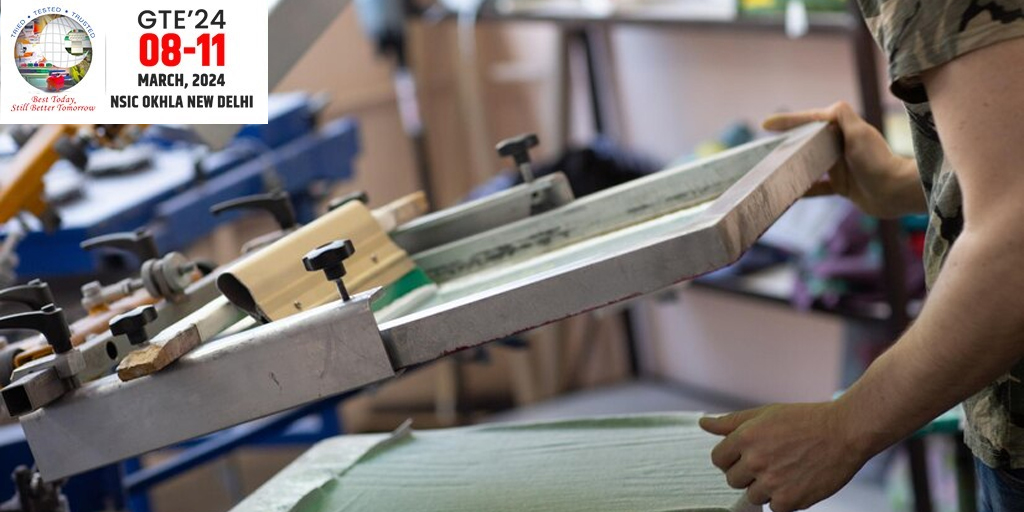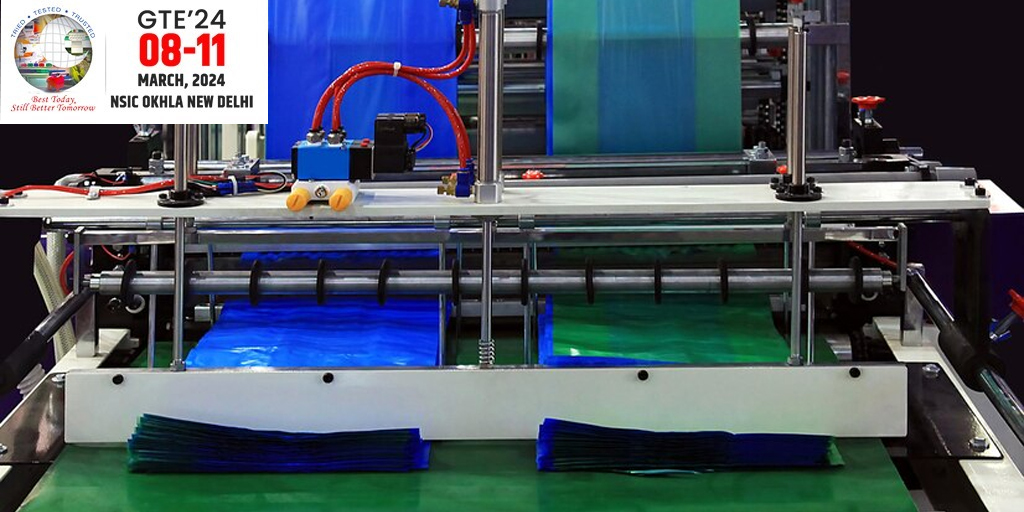With digital printing now available, textile design has undergone a huge change. Printing fabrics with these inks is essential for their quality and how long they last as well as for making the printed fabric look good. Because of these specialized inks, patterns or illustrations can now be perfectly printed on much different materials with great speed.
What Are Digital Textile Printing Inks?
These inks are formulated to be used in digital printers which print on textiles. Digital printing avoids the multiple screens found in conventional screen printing; it instead uses inkjet technology to print colours straight onto the textile tissue. There is more flexibility; less unused material and high-quality items can be made in small amounts with little setup time.
Types of Digital Textile Printing Inks
There are several types of digital textile printing inks, each suited for different fabrics and purposes:
Reactive Inks
Reactive inks are commonly used on natural fibers like cotton, linen, and silk. These inks chemically bond with the fibers during the heat-fixation or steaming process, resulting in bright colors and high wash fastness. They are ideal for apparel and home textiles that require durability and vivid shades.
Pigment Inks
Pigment inks allow you to use them on both real and mixed fiber materials. Differential inks only rest on the fabric’s surface and must be bound using a special chemical. Because of their strong light resistance, fashion, interior design and soft signage commonly use these inks. An important benefit is that post-processing is usually simple, just involving heating onto paper.
Disperse Inks
For synthetic fibers such as polyester, disperse inks are most often applied. These prints use heat so high that the ink turns into a gas and moves into the fabric which is usually referred to as dye sublimation. This makes disperse inks preferred for sportswear, flags and clothes meant for the outdoors, since the inks give great and long-lasting color.
Acid Inks
These inks are primarily used for protein-based fibers like silk and wool. Acid inks offer brilliant color reproduction and are ideal for high-end fashion, scarves, and luxury apparel. However, they require precise pre- and post-treatment processes to achieve optimal results.
Sublimation Inks
Even though disperse inks perform closely to sublimation inks, sublimation inks are generally used in transfer printing by printing them to paper which is then bonded to fabric by applying heat and pressure. It is most often used on promotional items and polyester fabrics.
Uses and Applications
Across the fashion, decorating, signage and custom merchandise industries, digital textile printing inks are commonly found. Designers can now create and print new fashion designs as well as interior textiles because digital printing offers them flexibility and the ability to work quickly and in small amounts.
Final Thoughts
Because of the changes in digital textile printing technology, the textile industry can now use sustainable solutions, move at great speed and add unique designs. Picking the proper type of ink based on what it will be used on can produce better results, use fewer resources and reduce negative effects on the environment.


